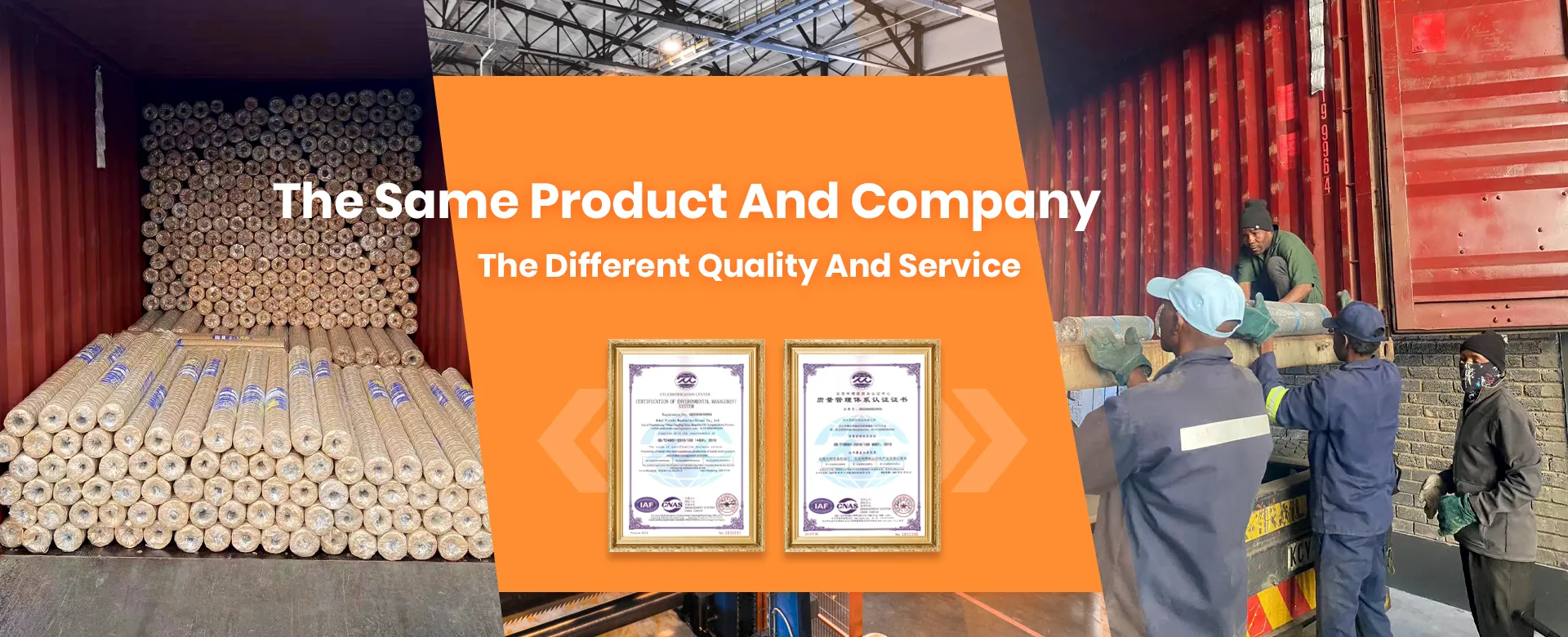9 月 . 05, 2024 06:16 Back to list
High-Quality Common Nails Manufacturer | Reliable Fasteners Supplier
The Common Nail Factory An Insight into the Backbone of Construction
In the ever-evolving world of construction, where innovation and technology often take the center stage, it is easy to overlook the humble nail. Yet, these small metal fasteners play a crucial role in building structures and bringing architectural dreams to life. At the heart of this industry lies the common nail factory, a place where simplicity meets efficiency, and where the backbone of construction is forged.
A common nail factory specializes in the production of various types of nails, with common nails being the most prevalent
. These nails are typically made of steel and come in different lengths and diameters, catering to diverse construction needs. The production process begins with the careful selection of raw materials, primarily high-quality steel wire, which is essential for ensuring strength and durability.The manufacturing process in a common nail factory is a fascinating blend of traditional craftsmanship and modern technology. It starts with wire drawing, where thicker steel wire is pulled through a series of dies to achieve the desired diameter. This process not only strengthens the wire but also prepares it for the next stage cutting. Once the wire is of the appropriate size, it is cut into individual nail lengths.
Next comes the most critical step forming. In this stage, the cut wire pieces are fed into a nail-making machine, where they are shaped into nails. The machine automatically creates the head of the nail through a process called upsetting, forming a flat, wide surface that provides a solid grip when hammered into wood or other materials. Advanced machinery also ensures that the nails are produced at an impressive speed, meeting the demands of a fast-paced construction industry.
common nail factory

After shaping, the nails undergo a thorough quality control process. This step is vital for ensuring that each nail meets the industry standards for strength, length, and finish. Nails that pass the quality checks are then coated to enhance their resistance to rust and corrosion. Common coatings include varnish, galvanized zinc, or even plastic, depending on the intended purpose and environmental exposure.
The final product—common nails—are packaged and distributed to retailers, home improvement stores, and directly to construction companies. The versatility of these nails allows them to be used in various applications, from framing and roofing to furniture assembly and crafts. Despite the rise of alternative fastening methods, such as screws and adhesives, common nails remain a staple in construction due to their ease of use and reliability.
A common nail factory is not just about production; it is also about innovation and sustainability. Many factories are now adopting eco-friendly practices, such as recycling metal scraps and reducing waste. With an increasing focus on sustainability, the nail manufacturing industry is evolving, embracing new methods that not only enhance productivity but also minimize environmental impact.
In conclusion, the common nail factory may seem like an unassuming part of the construction landscape, but it holds immense significance. It is a testament to the blend of traditional craft and modern manufacturing, ensuring that even the smallest components contribute to the construction of robust and lasting structures. As the world of construction continues to advance, the humble nail will always maintain its place as an essential element of building, thanks to the dedicated work and innovation found within these factories.
-
Secure Your Roof with Quality Roofing Nails
NewsNov.04,2024
-
Secure Your Property with Quality Field Fencing
NewsNov.04,2024
-
Enhance Your Space with Quality Mesh Fencing
NewsNov.04,2024
-
Discover the Versatility of Iron Wire for Your Projects
NewsNov.04,2024
-
Discover the Versatility of Common Nails for Your Projects
NewsNov.04,2024
-
Discover Quality Hydraulic Fittings for Your Applications
NewsNov.04,2024









